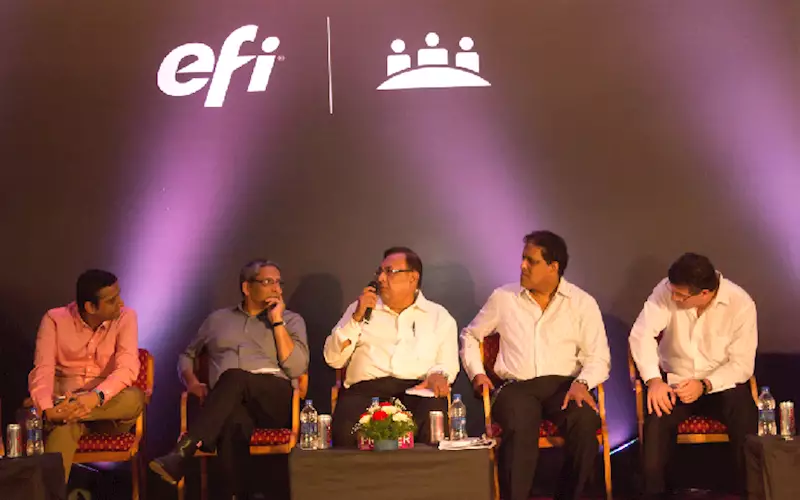P Dasgupta on packaging and counterfeiting
In 2015, at EFI Advisory Council Meet, packaging expert Prabuddha Dasgupta spoke about counterfeiting and security solutions in packaging. In a follow-up discussion with the PrintWeek India team, Dasgupta shares insights on the subject
05 Nov 2018 | By PrintWeek India
What is the approximate market share of global counterfeiting?
The Organisation for Economic Cooperation and Development (OECD) concluded in a 2007 study that about 2% of world trade, with a value of about 176 billion (USD), is counterfeit. This number exceeds the Gross National Product (GNP) of entire economies such as Argentina (173 billion USD), Ireland (167 billion USD), Israel (129 billion USD) and Venezuela (128 billion USD). Some authorities argue that counterfeits make up much more than 2% of world trade.
What are the most important factors leading to counterfeiting?
It is the high-value products that are usually counterfeited. This is primarily because of lack of customer education and poor legal process. There are several factors contributing to this including: Freer trade thanks to relaxed border controls; long distribution chains; parallel trade; trading of pharmaceuticals by brokers as commodities etc. One must also understand that poverty and customers looking for bargain products is a driver for counterfeiting.
These days even ordinary items are counterfeited…
With the market in fake goods expanding, shoppers need to know the warning signs -- not only to avoid wasting money but because such products can carry health and safety risks. Shoppers in the market for designer handbags know to be wary of the too-cheap-to-be-real "fauxch" -- that is, faux coach bags -- just as those looking to cut their prescription bills can assume that the emails in their spam box for discount Viagra are, at best, offering sugar pills. But experts say even scam-savvy consumers may unwittingly buy some of the newest counterfeits popping up in unexpected categories.
Which is the most used technology in pharma anti-counterfeiting?
There are many overt methods – Both sides print registration, cold form blister, child resistant closures, peelable blister, peel-push blister, tropical blister, sandwich printing, coin reactive printing, hologram, surface alteration, fluorescent inks, laser printing, optically variable inks, flip Image etc.
How about covert features?
Over the years, covert technologies have evolved significantly. This includes hidden text, UV printing/coding, IR inks, split line, magnetic inks, thermo chromic inks, micro text, taggants and hidden markers among others.
Taggants is an interesting technology. Please shed some light on taggants...
Taggants are forensic technologies for anti-counterfeiting. Taggants are like fingerprint with a unique encoded pattern that are virtually impossible to duplicate. There are several types of taggants including chemical taggants, biological taggants, DNA taggants, Isotope taggants, and micro taggants. These are licensed technologies usually limited to one source and hence come at a significant cost. The drawback is that wider use increases risk of compromise.
What is digital watermarking?
Digital watermarking is the process by which identifying data is woven into media content such as images, movies, music or programming, giving those objects a unique, digital identity that can be used for a variety of valuable applications. Imperceptible to the human senses yet easily recognised by special software detectors, a digital watermark remains constant even through recording, manipulation and editing, compression and decompression, encryption, decryption and broadcast — without affecting the quality of the content. Watermarks are often used as security features of banknotes, passports, postage stamps, and other documents to prevent counterfeiting.
Does patenting helps? Or it restricts to becoming a single use technology?
Yes, patenting helps. Counterfeiting violates patents on the other hand all high-end technology needs to have a single provider and with patent.
How should a brand approach anti-counterfeiting strategy?
Anti-counterfeiting requires mindset change. It should be a top-down approach starting with a policy/guideline. Team collaboration, top level commitment and communication are important pillars of any successful anti-counterfeiting strategy. One must remember that no single solution is effective; it has to be the combination of overt and covert features. Secondly, it is a three-way arrangement between the technology provider, user and the converter.














 See All
See All